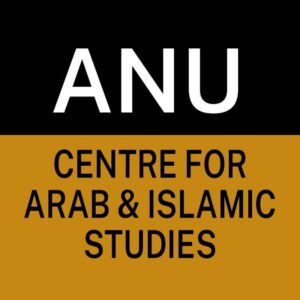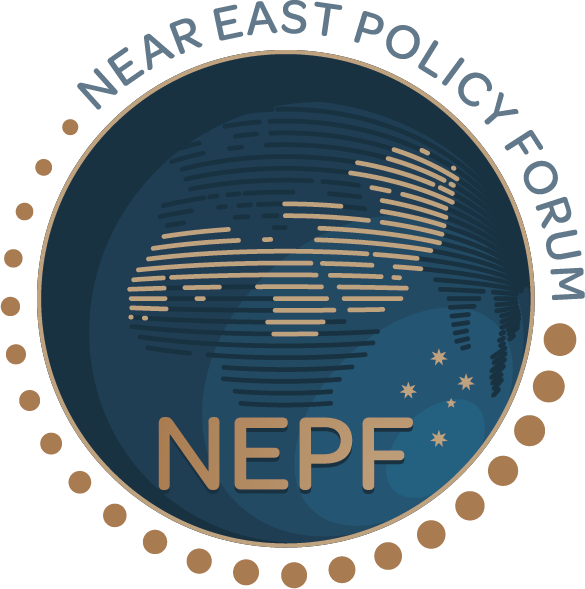Ethiopia and Sudan share a boundary of over 1,600 km, series of negotiations and treaties between the colonial powers of Britain and Italy with the Ethiopian government. The people of Ethiopia and Sudan have had good relations for generations, but the demarcation of the boundary has remained a bone of contention between them due to claims and counterclaims posed on both sides. In the last sixty years, several high-level diplomatic meetings have taken place between the two countries to address the disputes. Despite these efforts, Sudan maintains that the colonial demarcation line drawn by British officer Major Charles Gwynn in 1903, based on a 1902 treaty, should be the boundary between the two countries. But Ethiopia maintains that the boundary drawn by Major Gwynn is unacceptable on the grounds that, among other issues, the demarcation was done unilaterally by Britain with no Ethiopian representation, in violation of Article 2 of the treaty. May 15, 2022 will mark the 100th Anniversary of the signing of the 1902 treaty, which has held up well despite some setbacks and local skirmishes.
The 1972 Exchange of Notes between the two states produced a major document that demonstrated both governments’ commitment to pursue a productive negotiation process, while still using the 1902 and 1907 treaties as reference points. Ethiopia was willing to accept both the treaties of 1902 and 1907 (for the southern part) and the demarcation regardless of the issues concerning the validity of Gwynn’s demarcation, provided that Sudan could accept certain conditions related to the commitment of the two governments to maintain the status quo concerning farms and settlements in this area, carrying out some rectification across the crest of some mountains in the south, and importantly, a willingness to resolve their differences amicably. They also agreed to set up a joint border commission, tasked with coming up with a resolution plan that would be acceptable by both sides. The Exchange was a logical extension of past discussions that aimed to rectify the reservations Ethiopia had with the treaties and the demarcation; it was a major diplomatic breakthrough that demonstrated the two governments’ commitment to resolving their differences amicably.
Sudan and Ethiopia should embrace the African Union Border Program (AUBP) to resolve their differences on the border. The AUBP was an initiative introduced in 2007 by the Assembly of the Heads of States and Governments of the Union to help solve boundary problems in Africa. Its basic premise is highlighting the need for a change in perspective, shifting the understanding of a boundary to be viewed as a bridge that promotes cooperation, regional integration, and socio-economic development, rather than as a barrier that blocks interaction among countries. Countries are encouraged to discuss boundary issues bilaterally, and negotiations should take into account historical facts, distribution of settlements, and reality on the ground. Negotiations should highlight local resources, identifying potential areas for cooperation and economic development such as infrastructure, the sharing of water and grazing lands, and network of market areas.
On November 6, 2020, the Sudanese military made a unilateral move to occupy farms along the border. This area had remained relatively calm for almost a century—excluding some localized skirmishes—and some Ethiopians maintain that the move was disenchanting, particularly at a time when the Ethiopian government’s attention is diverted toward dealing with security problems in the Tigray region. By mobilizing a large army toward the border, Sudan made a potentially reckless move that would further complicate the situation and dim prospects for an amicable solution. The move is viewed by many Ethiopians, at best, as an effort to divert attention from its domestic problems, and at worst, as a menacing act to create confusion on other regional matters, such as the Great Ethiopian Renaissance Dam (GERD) negotiations). But Sudan maintains that it is reclaiming its boundary based on the colonial agreement of 1902.
The people of Ethiopia and Sudan have had good relations for many years. In the last fifty years, there have been significant changes in the development of trade and infrastructure. Sudan has also served as home to thousands of Ethiopian refugees displaced by war and famine. Similarly, thousands of Sudanese refugees that have moved into Ethiopia have received shelter during times of crisis. Sudan’s plan to purchase power from the GERD is the latest evidence of economic integration between the two countries. These tangible regional integration programs should be encouraged to flourish. If Ethiopia and Sudan continue to expand their bilateral negotiations to address the border problem based on the Exchange of Notes and the AUBP principles, the two countries should be able to set up the institutional mechanisms for a free flow of people and goods between the states, with the border serving as a bridge that promotes cooperation and understanding. Specifically, the joint border commission should be involved to come up with an amicable resolution of the border problem.
The views expressed in the Near East Policy Forum are those of the authors and do not represent the views of the Near East Policy Forum or any of its partner organisations.




